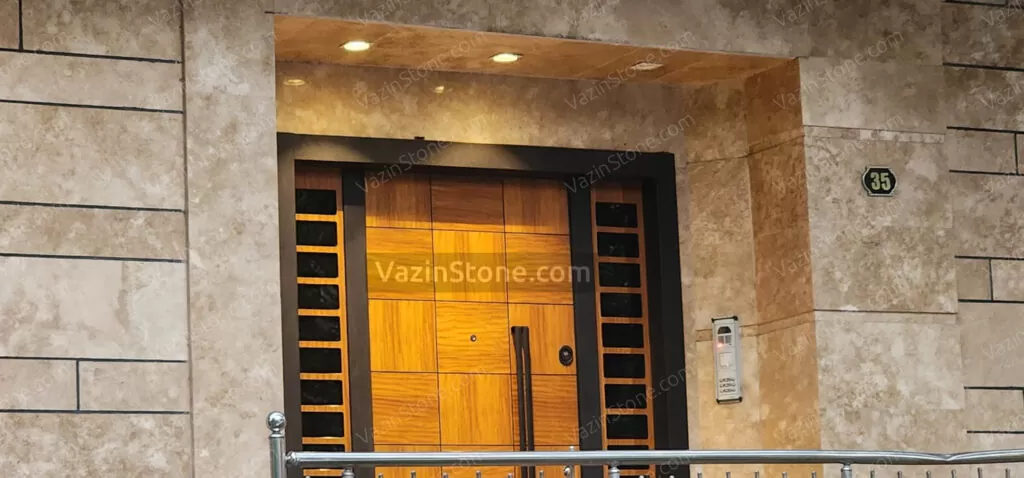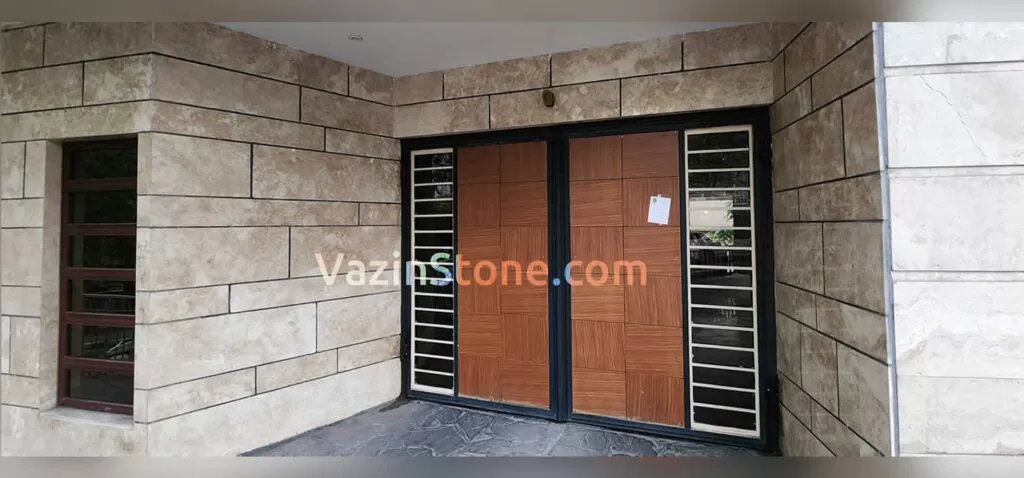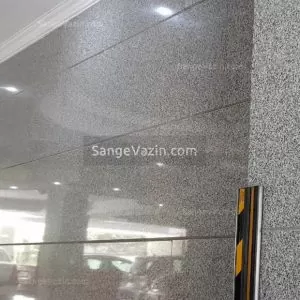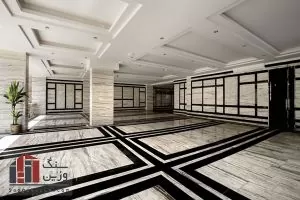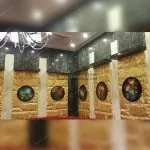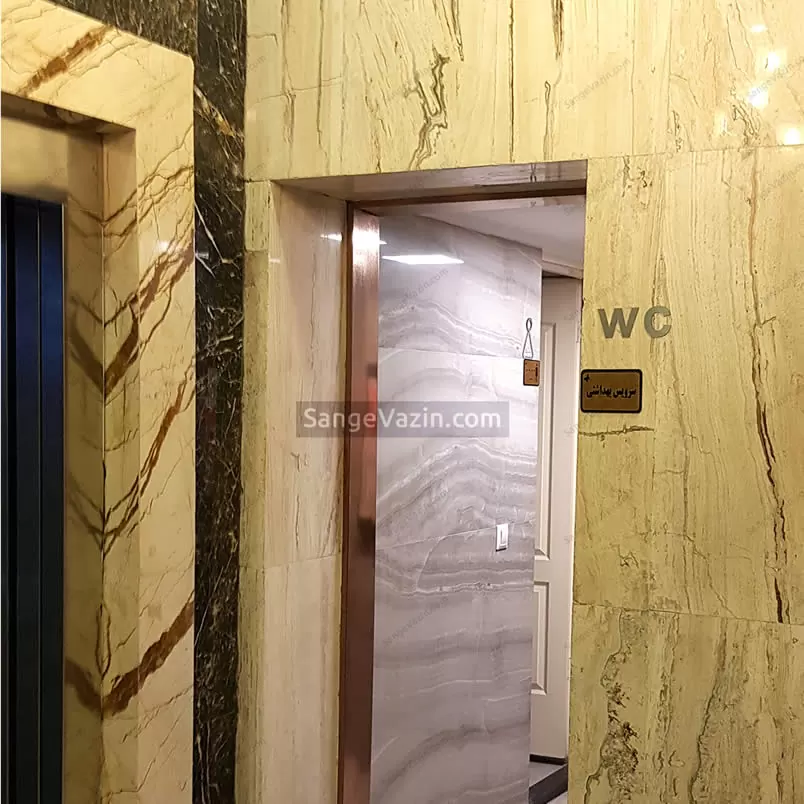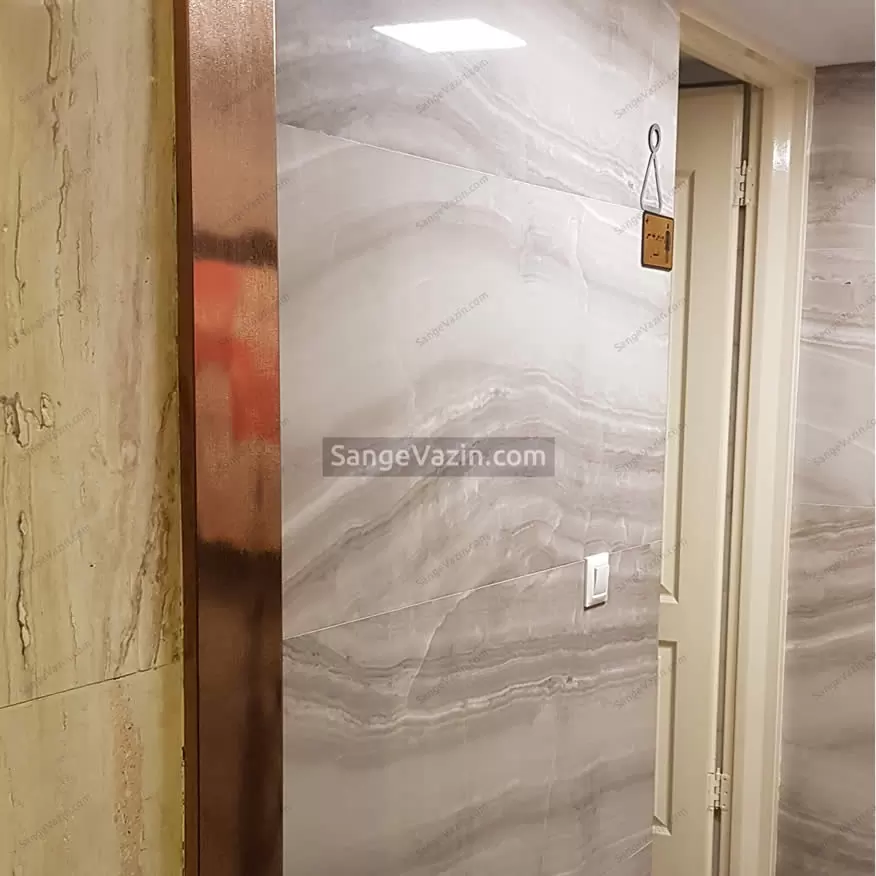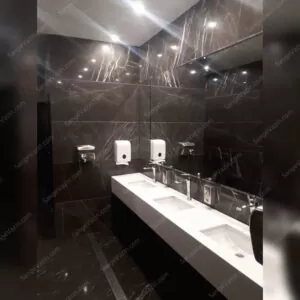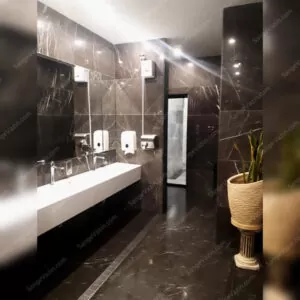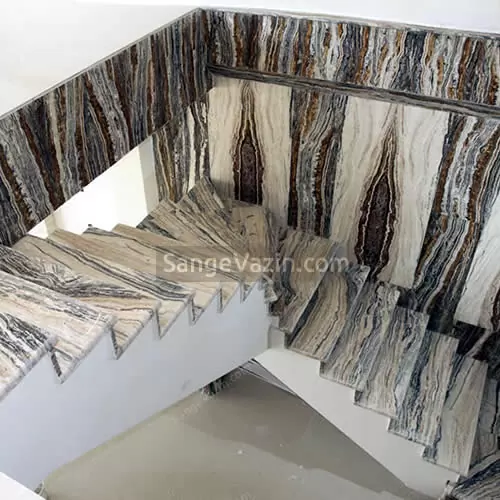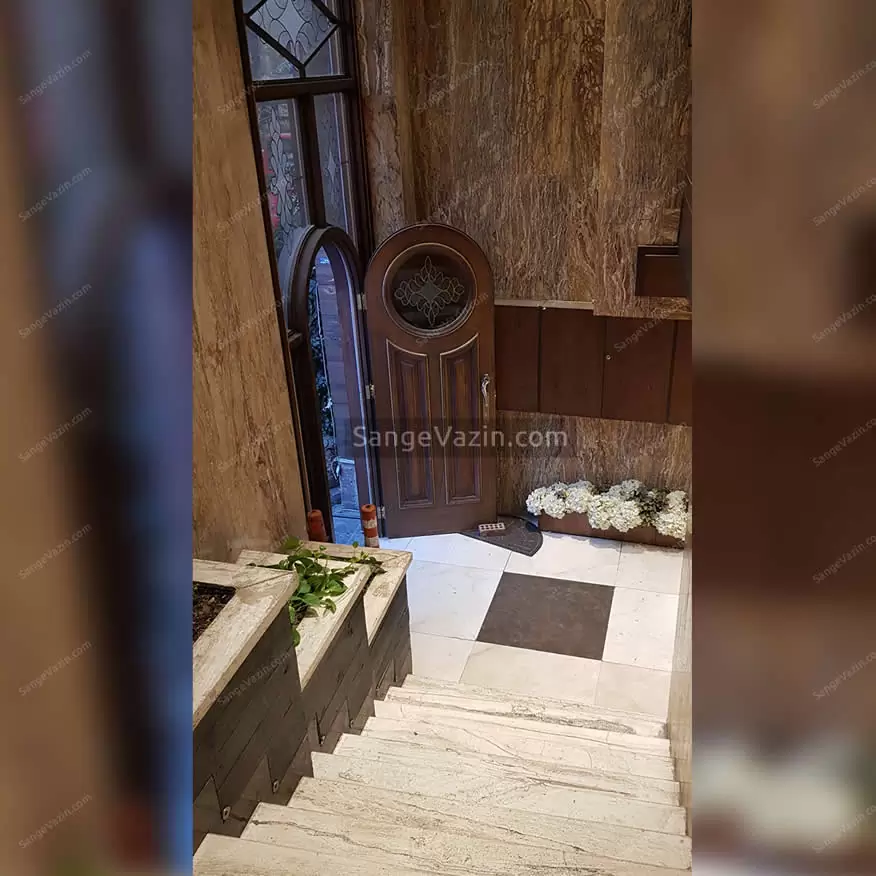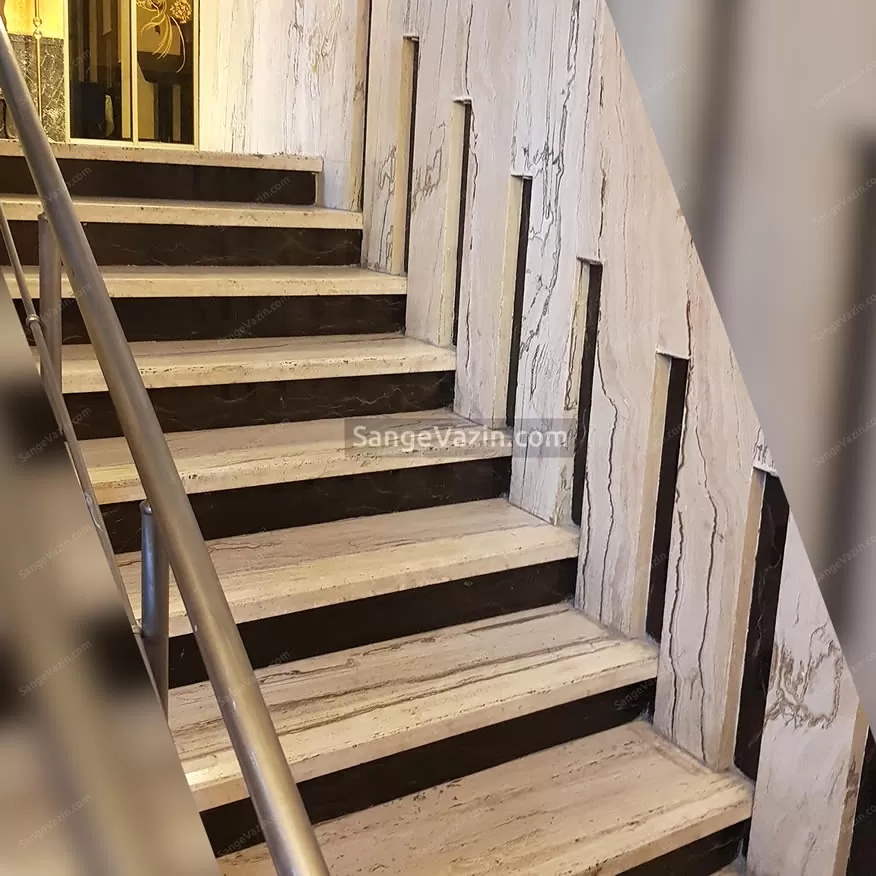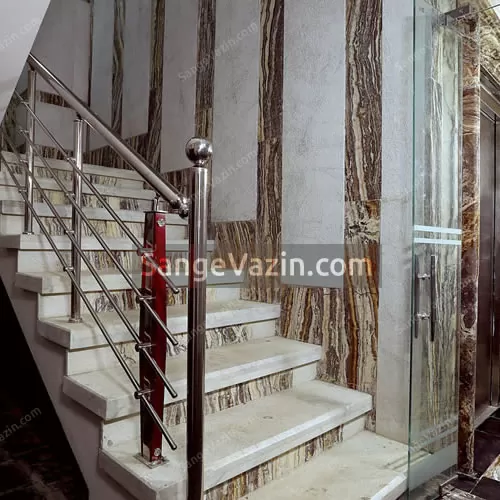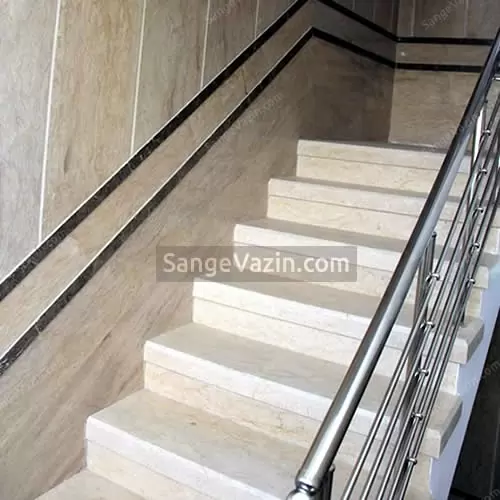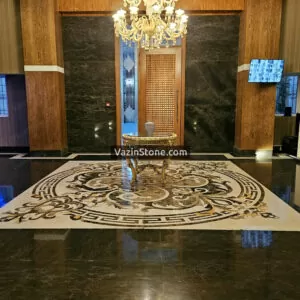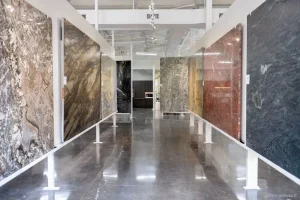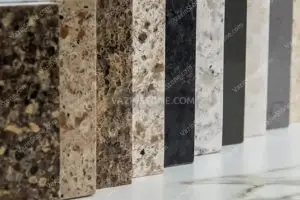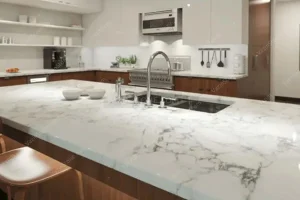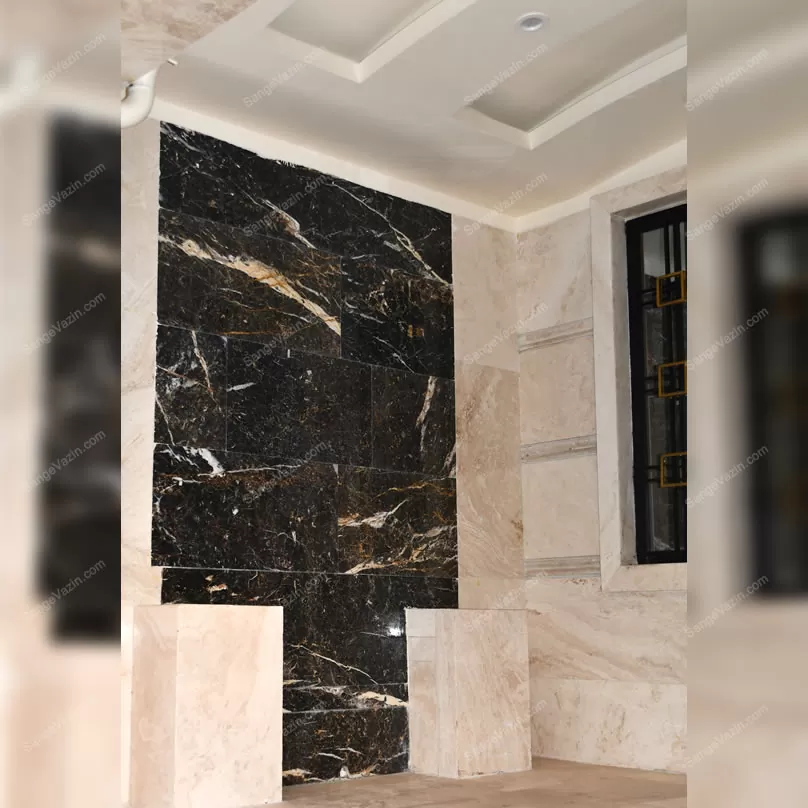
Wall Stone
Wall stone is classified into two general categories stone inside and outside the building, depending on the type and location of the wall. According to this category, you will read the following headlines on this page:
Table of Contents
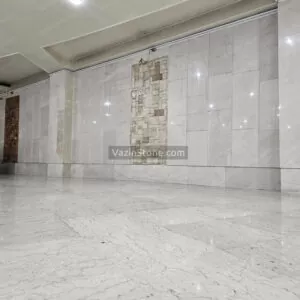
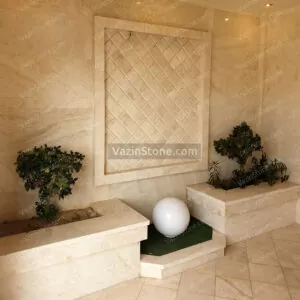
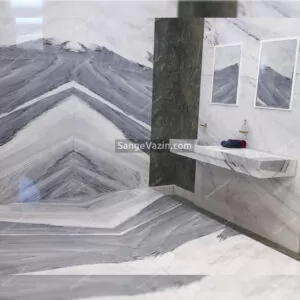
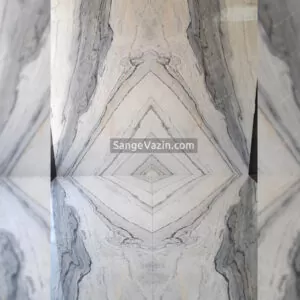
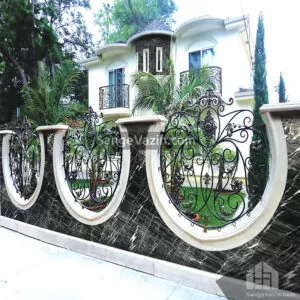
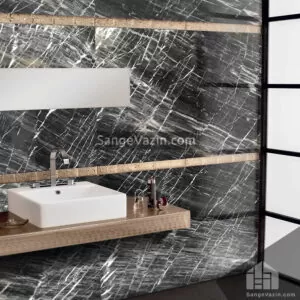
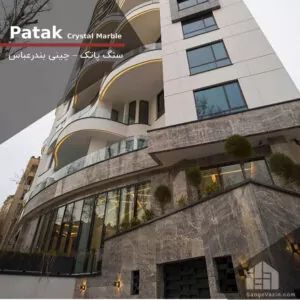
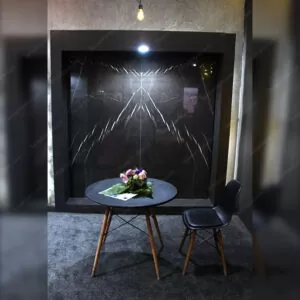
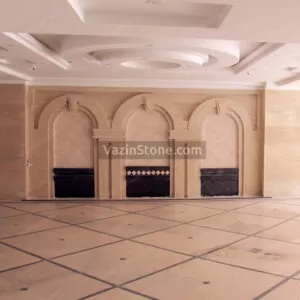
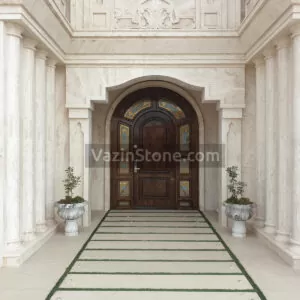
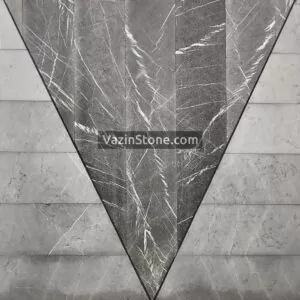
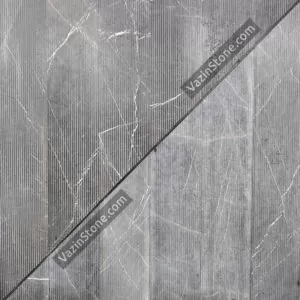
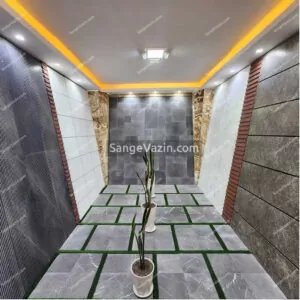
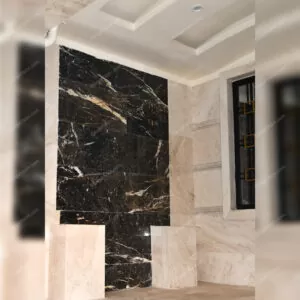
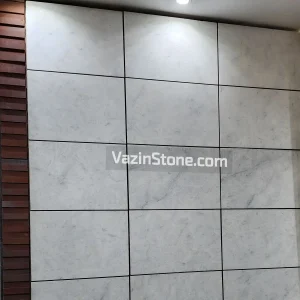
Exterior Wall Stone
Stone Yard Wall and the Exterior Wall of the Building
In the choice of stone for the yard wall and the outer wall in the building, complex, garden, villa, etc., due to the proximity of the stone in these spaces to climate change (heat and cold) as well as oxidation problems, weathering, humidity, and other cases, Special attention should be paid to the behavior of the stone in these conditions. You can use flagstone or slate stone tiles among the stones – various types of granite, travertine, and some marbles.
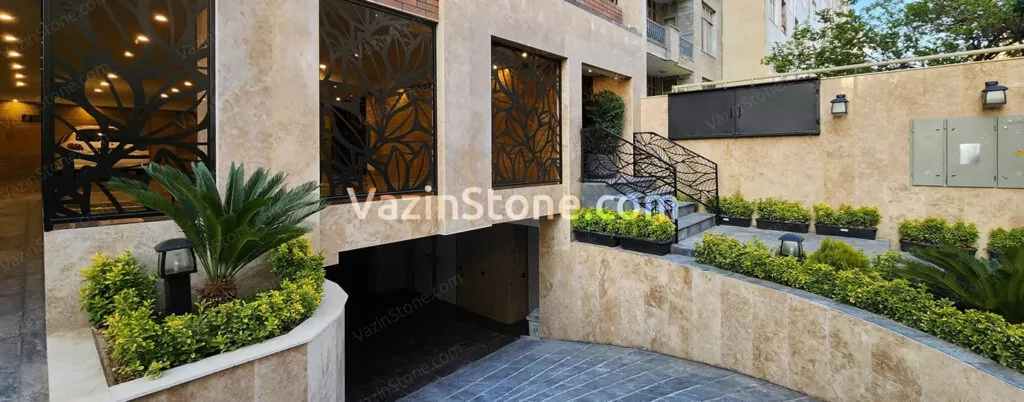
Selecting the wrong stone over time changes the appearance of the stone. It destroys its beauty and sometimes causes it to break and separate from the wall. Therefore, in recent years, travertine stones have been more suitable than granite, marble, and onyx. Of course, this does not mean other stones can not be used outdoors. However, its use depends on the stone’s processing, the installation method, and its specifications and features.
For example, you can use marbles with a low water absorption coefficient with a matte finish or glossy on the exterior of buildings (such as some types of crystal marble stone).
In the case of granite, the conditions in the external walls become more complex, and oxidation and lack of proper adhesion can be considered contraindications.
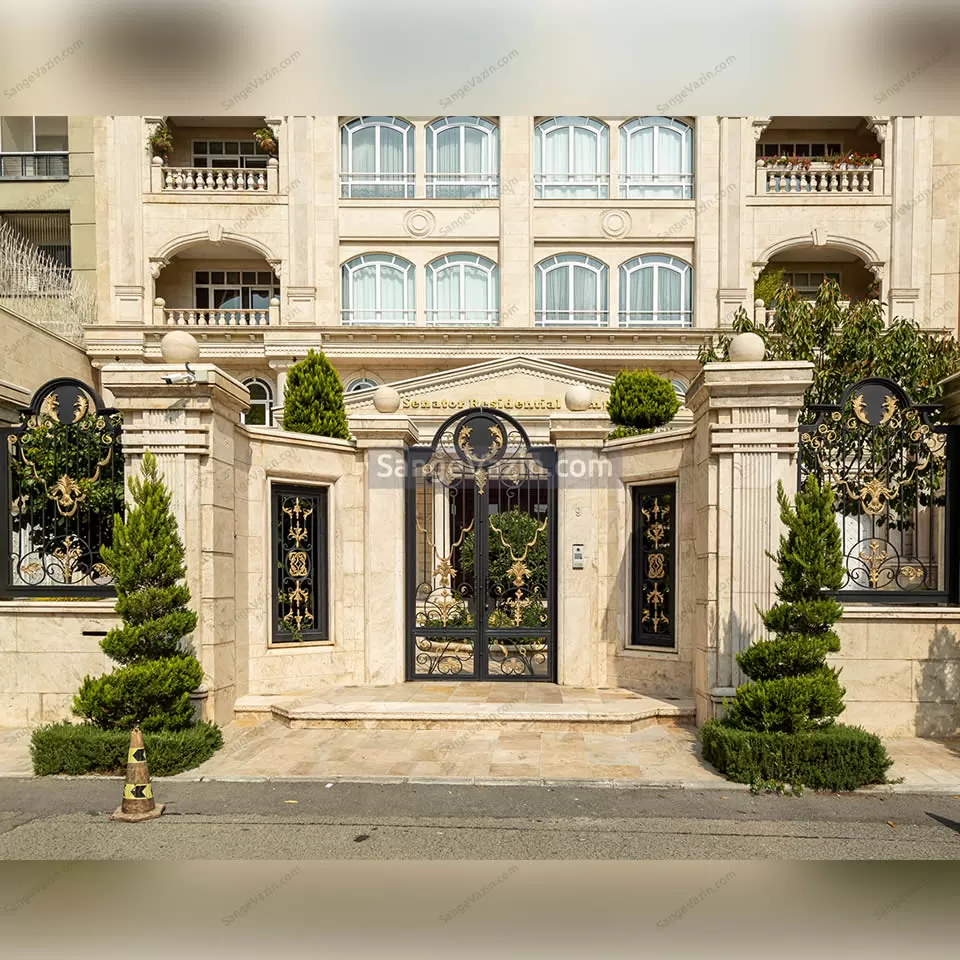
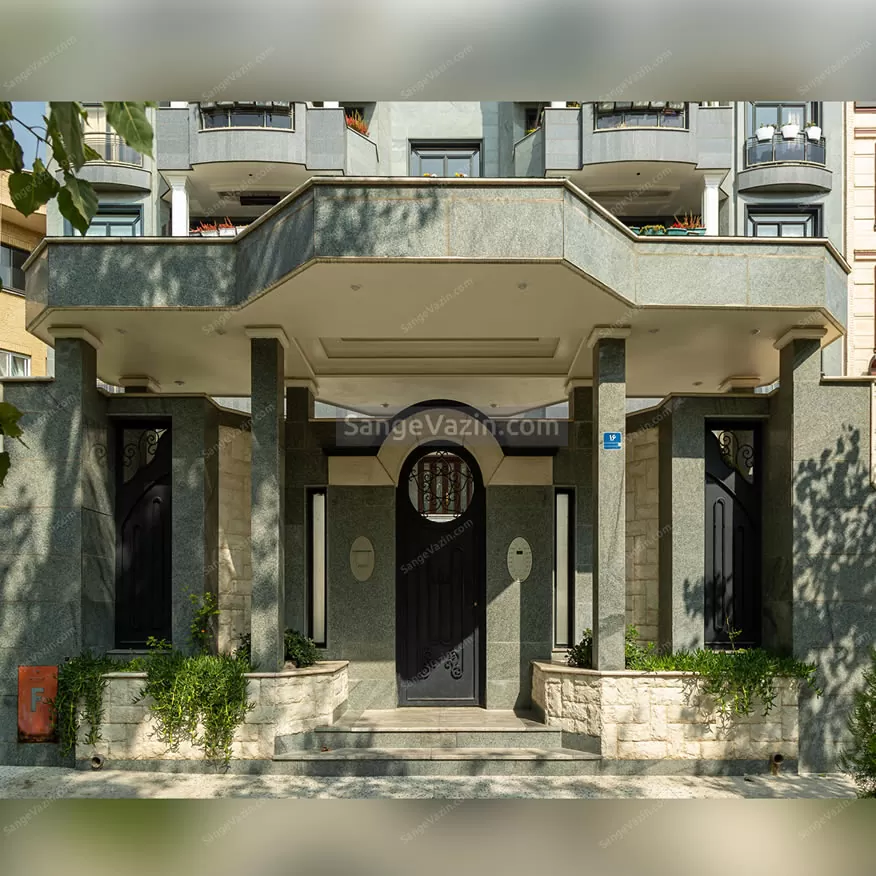
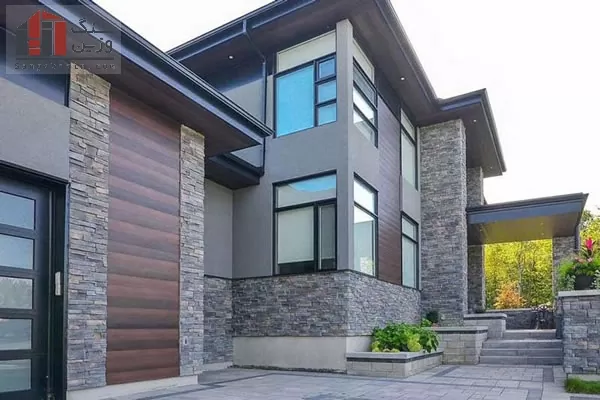
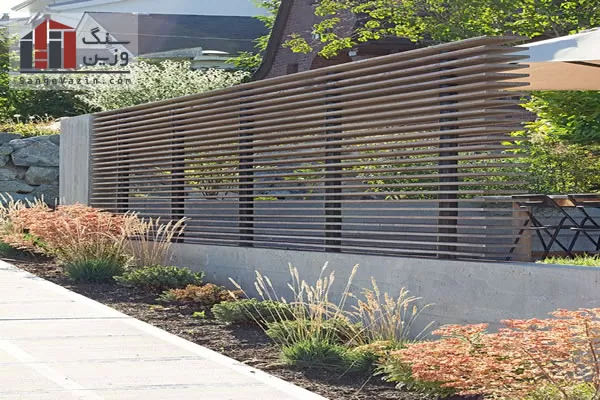
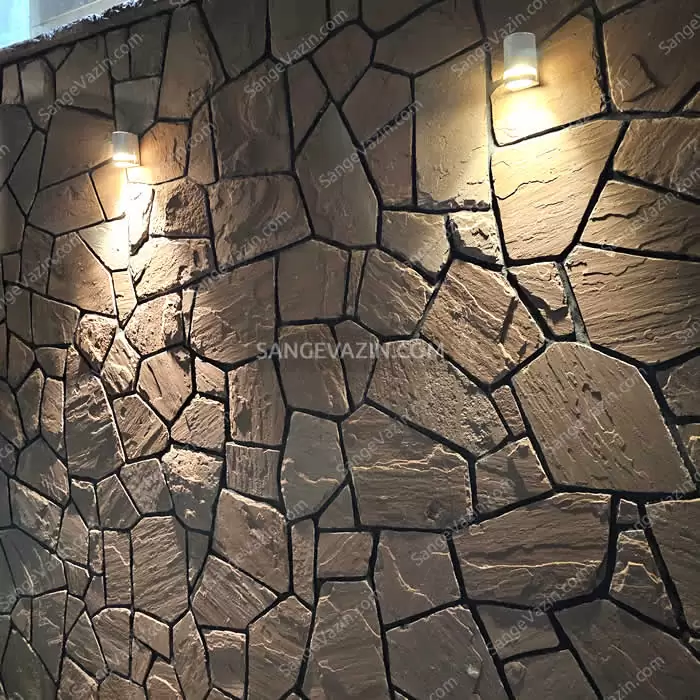
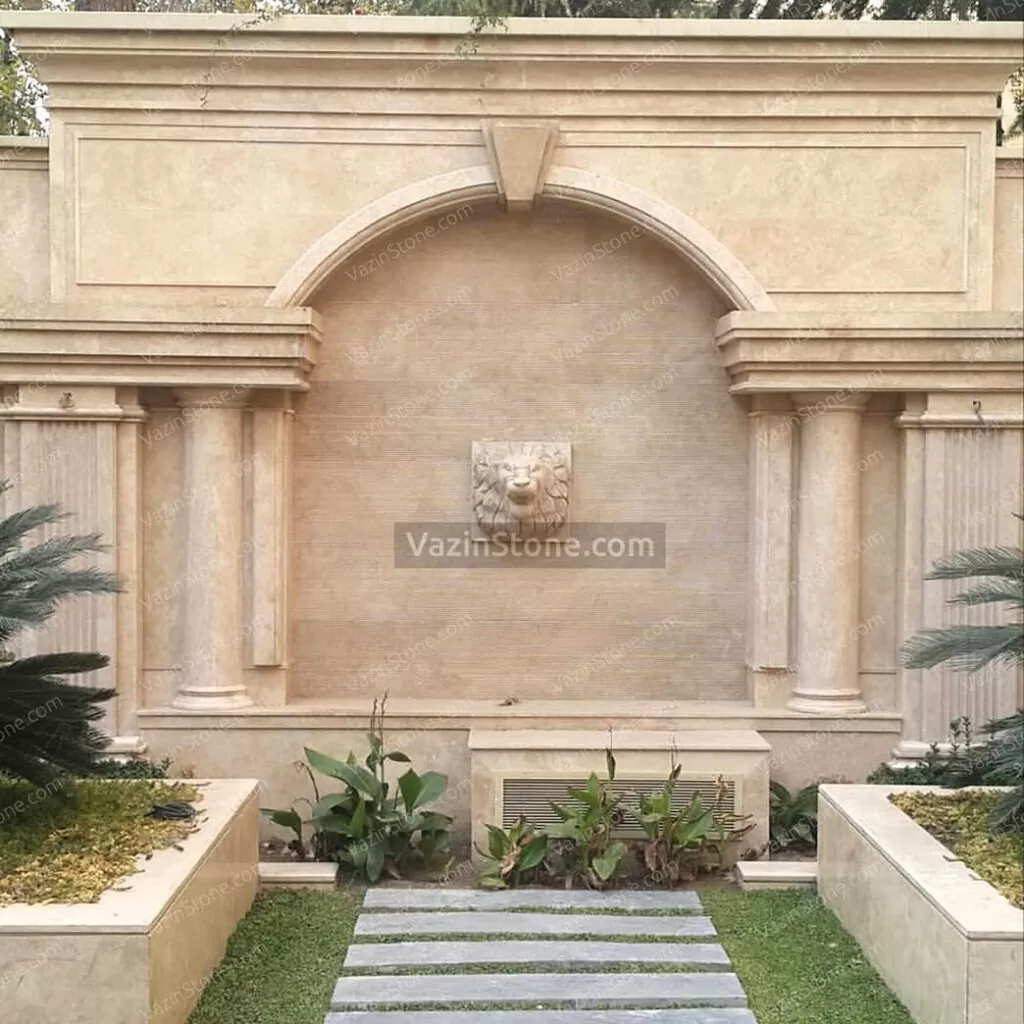
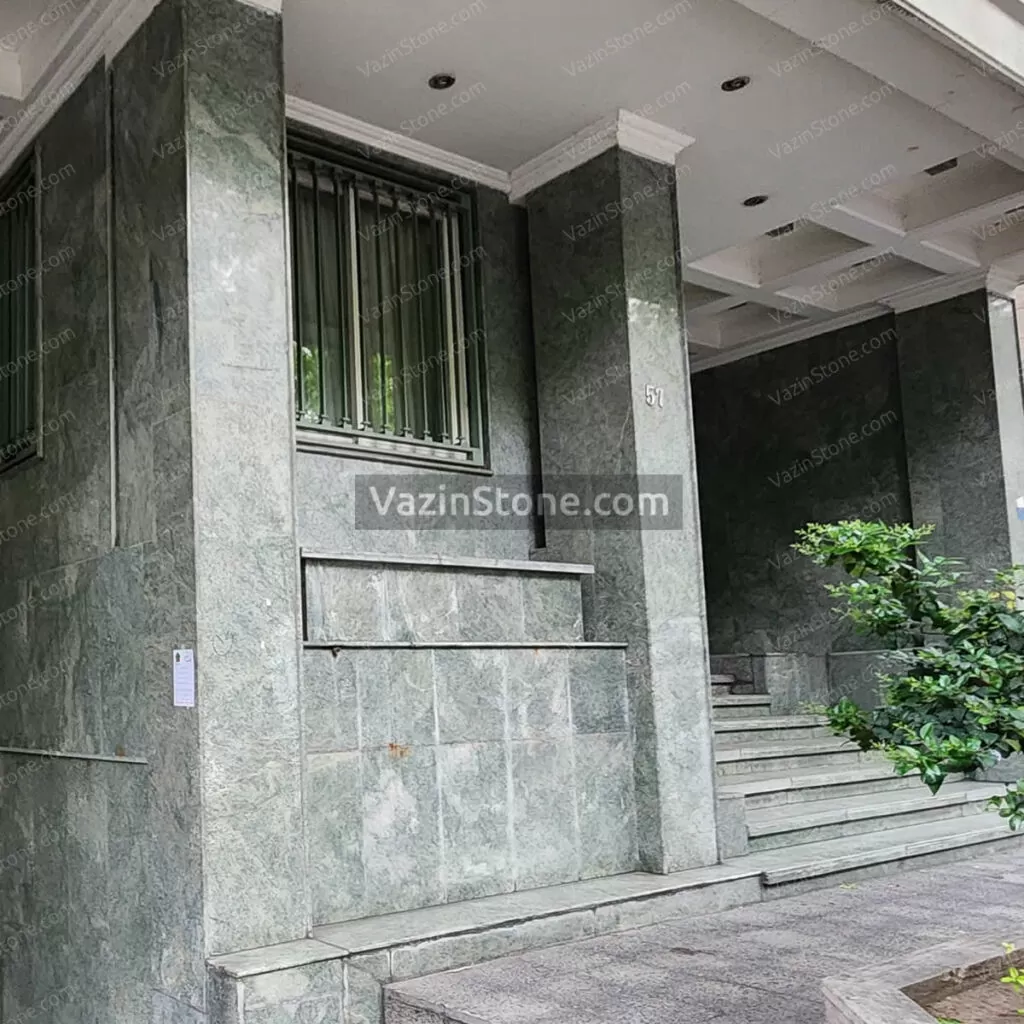
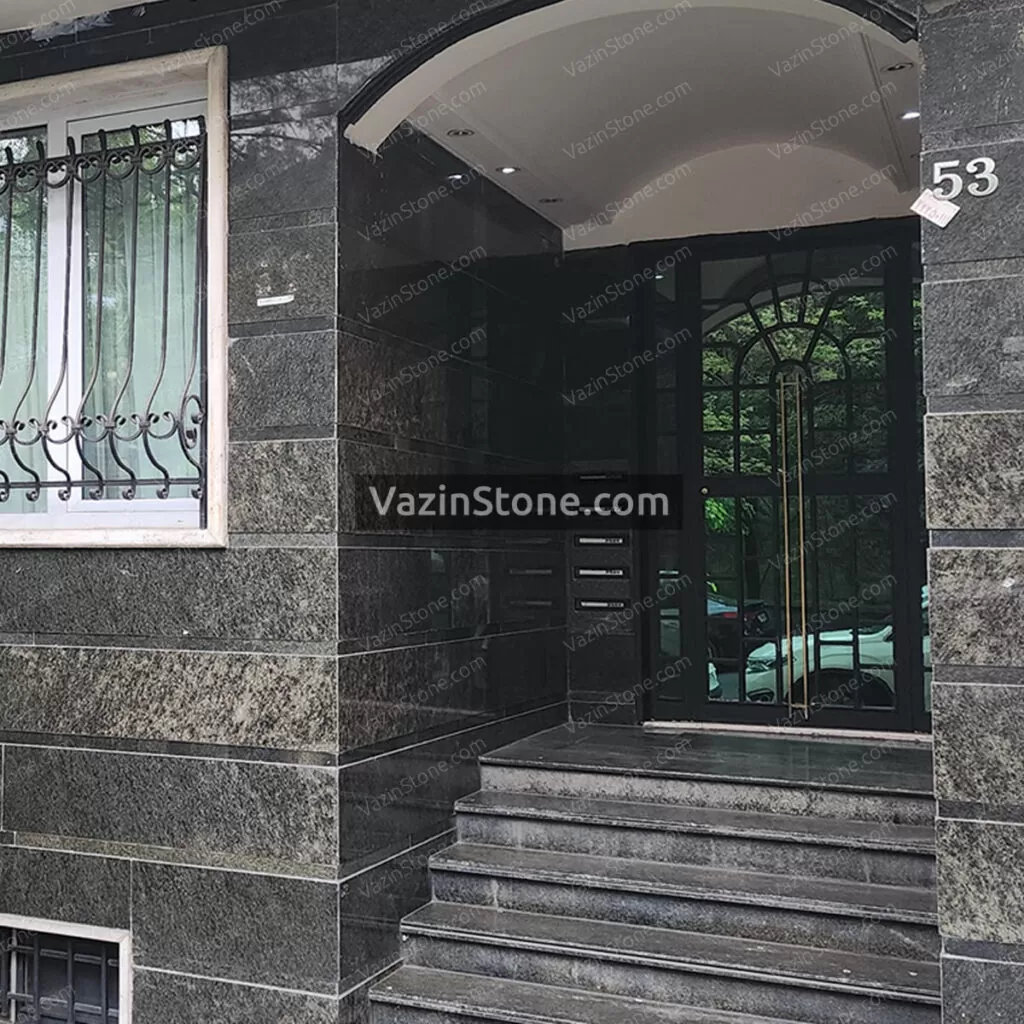
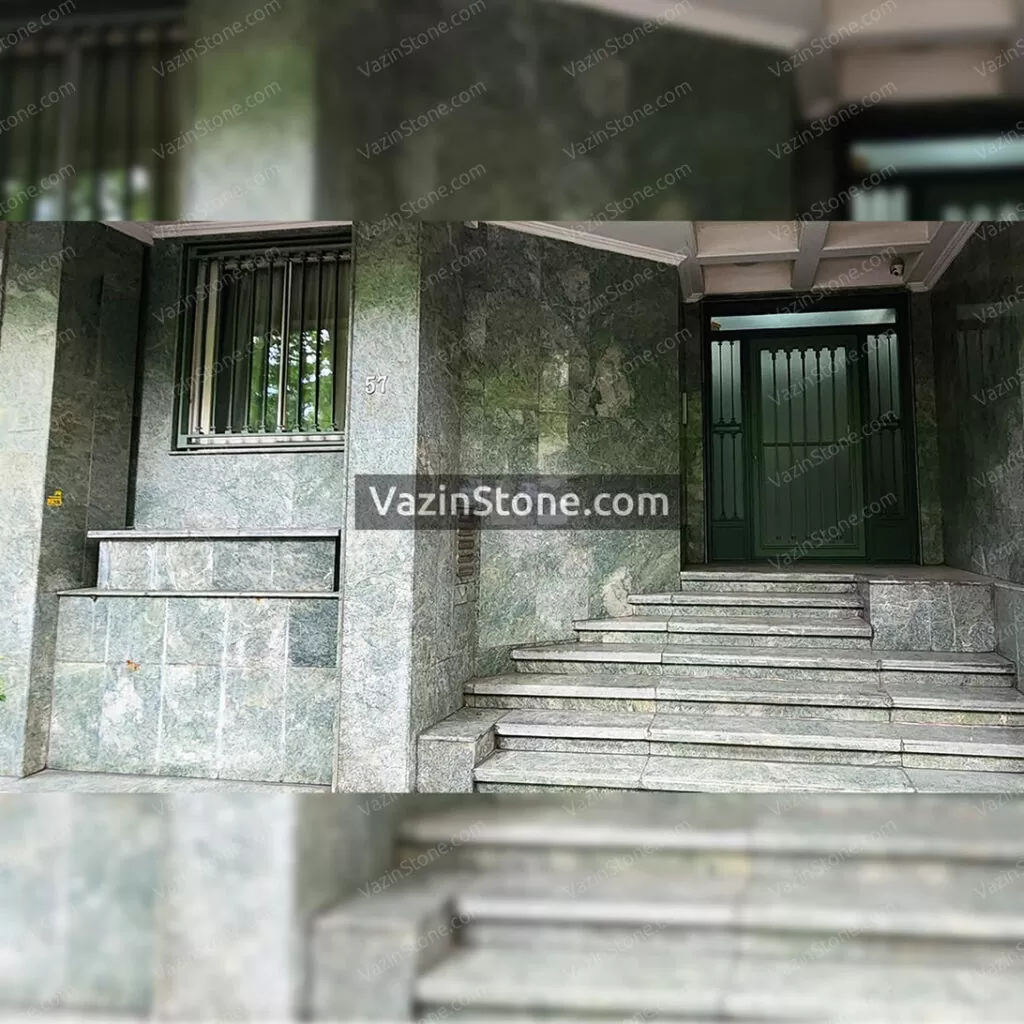
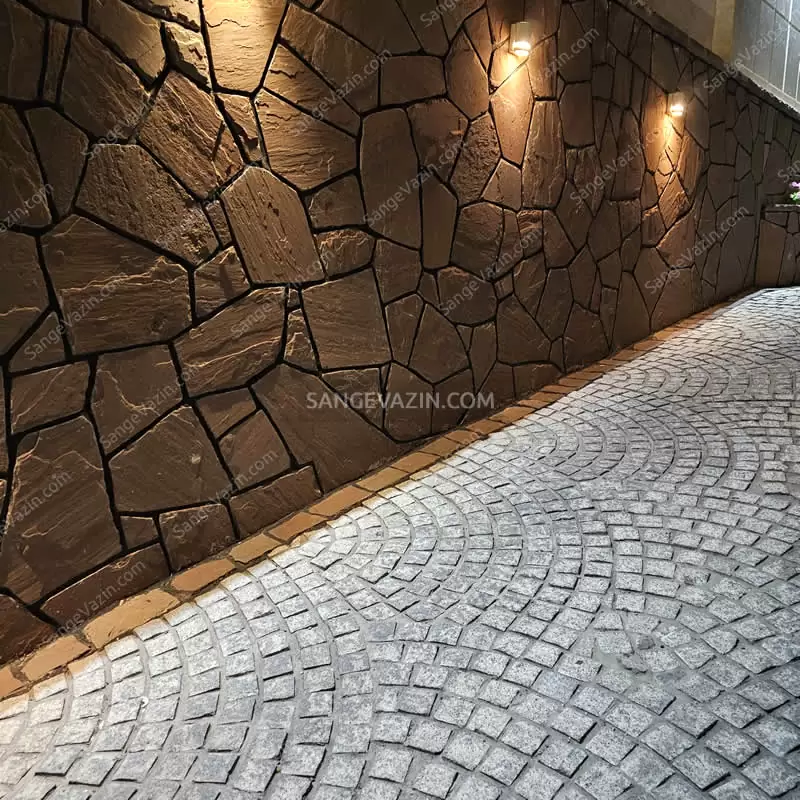
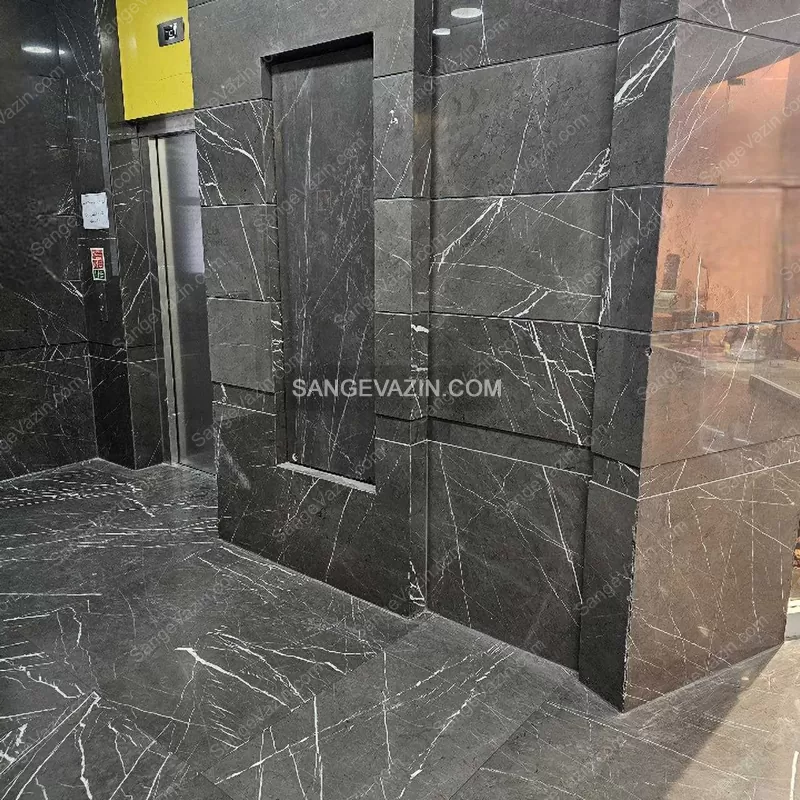
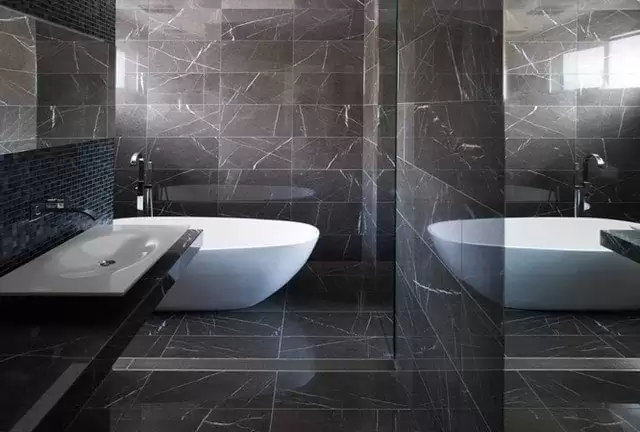
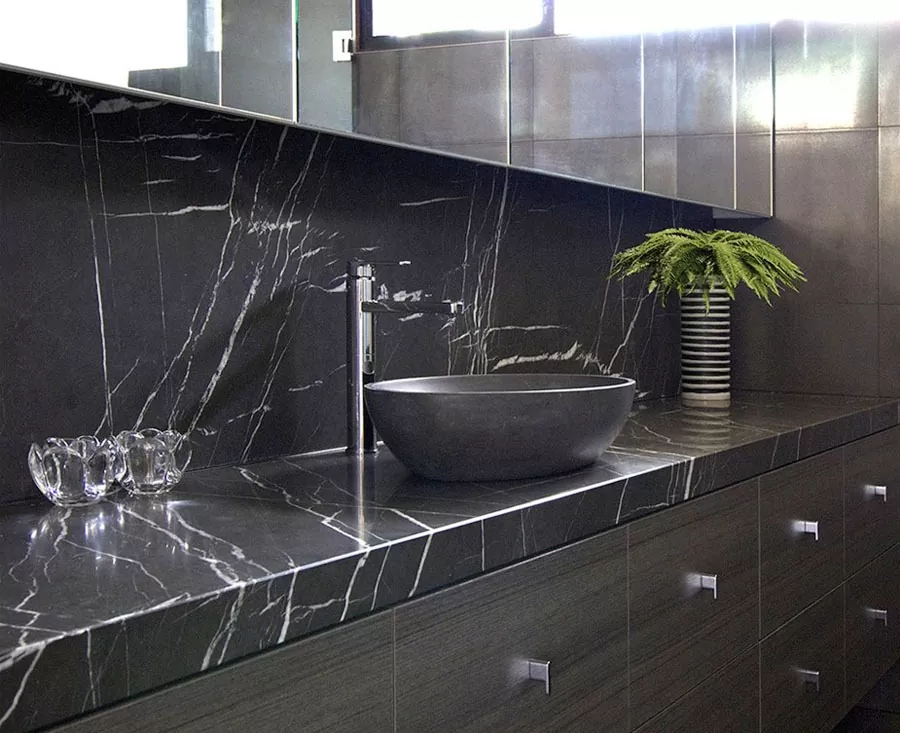
Parking wall stone
Some of the items mentioned above should also be considered in choosing the stone for the parking wall because the conditions in the parking lot are a little more favorable than outdoors. But its conditions can still not be regarded as the interior because the temperature of parking lots is usually the same as outside.
Suitable color of stone for parking wall
It is strongly recommended to consider light stone color for parking. Parking spaces usually have shorter ceilings and low light. The choice of light colors will make the area appear larger and more generous—also, cars colliding with the walls and columns when parking and moving are significantly reduced.
Interior Wall Stone
In the interior, including lobbies, corridors, stairs, residential complexes, halls, restaurants, hotels, and commercial and office buildings, various marble, onyx, travertine, granite, and limestone can be used as wall cladding stone.
Lobby wall stone
The wall covering lobbies in residential or commercial complexes or hotels is significant due to its location in the first part of the building. Therefore, the best type of stone for these parts should be considered. The best and most beautiful stone for the wall is undoubtedly onyx in the form of slabs. Onyx has unique designs and colors and transmits light rays, and by using this property, stunning lighting can be created. It is worth mentioning that onyx has a high price. For this reason, to reduce costs, various types of marble and crystal marble or travertine can be used as book-match and four-match.
Bathroom wall stone
Recently, a noticeable shift has occurred from using stone for baths and toilets. Instead, people are opting for stone tiles, which provide a wider range of designs, colors, and durability. However, some still value the natural beauty of stone and prefer it as their first choice. The timeless appeal of stone cannot be replicated by any other material, which is why some individuals choose it over other options. It’s important to remember that each material has benefits and drawbacks, and the final decision depends on personal preferences and needs.
Stair wall stone
Stairs in the building are considered part of the interior of the building. For this reason (lack of outdoor space and climate change, etc.), a more comprehensive range of stones can be used. The most popular of them is marble stone. Marble with very high resilience, a glossy and almost uniform surface, and various colors is an excellent choice for use on stair walls.
Travertine has some of the same advantages, but its surface is not uniformly as marble. Its advantage over marble is its lighter weight due to its greater porosity.
Limestone is a good choice for stair walls due to its disadvantages, such as high water absorption and low abrasion resistance. This stone has white and uniform color as well as an affordable price.
